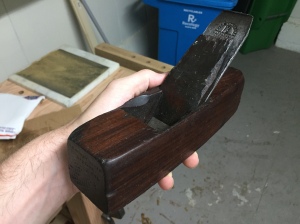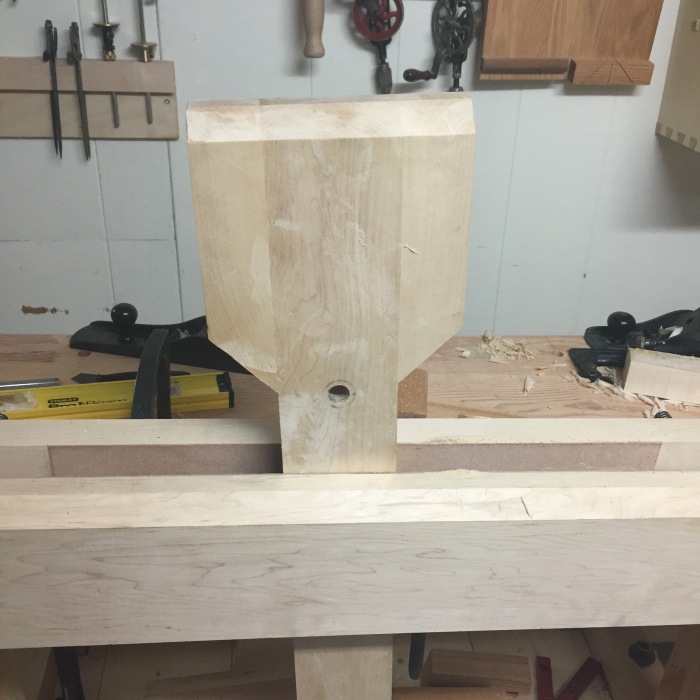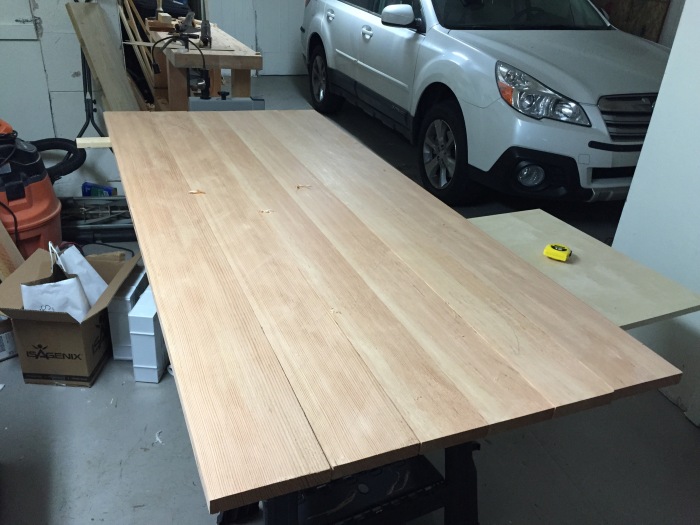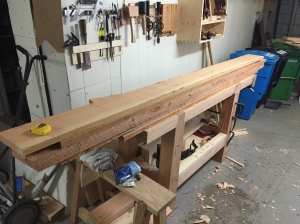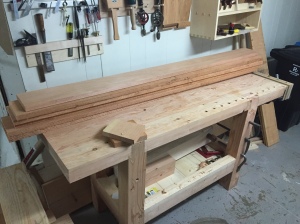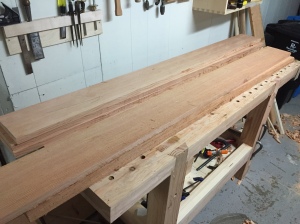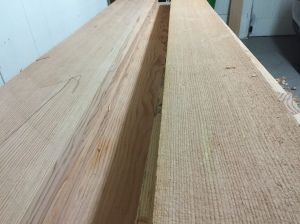Some of you may remember the rotten tool chest I found on the side of the road a few weeks back and the smoothing plane I found inside. Well this week my elbow was giving me some trouble so rather than milling up the maple for my leg vise I decided to get it up and running. Here is the starting point:
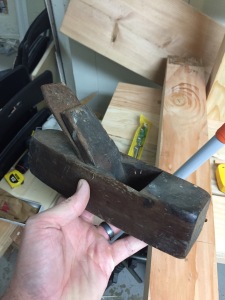
After taking everything apart it looked like the components were mostly intact so I started following the process the Slightly Confused Woodworker used on his English plane but instead of using a plane to flatten the sole I used heavy grit sandpaper glued to a marble slab (I encountered some serious tear-out when I tried to use my sharpest plane). The sole needed a fair bit of flattening.
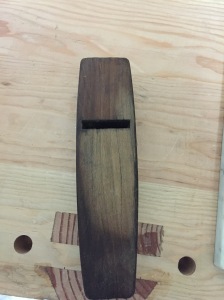
The blade and cap iron got a bath in my electrolysis setup and came out looking pretty nice. A previous owner had take the time to flatten the back of the blade so it really only needed polishing, but the chipped edge was going to require some grinding.
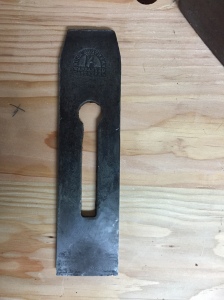
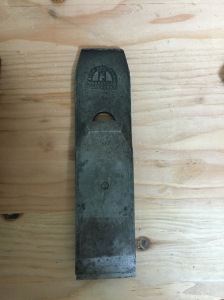
While I was waiting for the BLO to cure, I decided to look up the maker H.G. Stilley since he was a local. There was little online other than he moved to San Francisco during the gold rush and that his planes were rare. I also found an old posting from a collector near Carmel, California looking for any planes made by this maker so I emailed him a picture to see if he had any info.
What I was able to find online:
- Born in Delaware
- Moved to SF during the gold rush and at one point lived a few blocks from my office
- Census records show him living in SF, Oakland, and the gold fields
- Was a member of the Yerba Buena society of Odd People (S.F. has always bee a bit different, look up Emperor Norton sometime)
- Lived to the age of 85
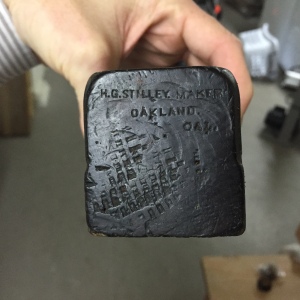
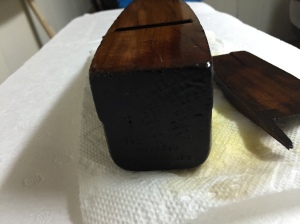
After asking me a few questions he ended up offering some money for the plane so he could add it to his collection so unfortunately I will not get to finish the restoration and actually get to use it, but it will be going to someone who appreciates it.
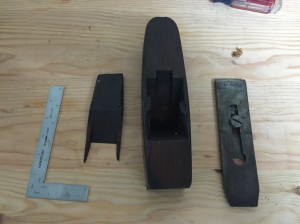
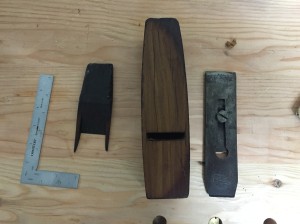
It still needs a coat of wax and to be sharpened but it looks pretty go to me.

